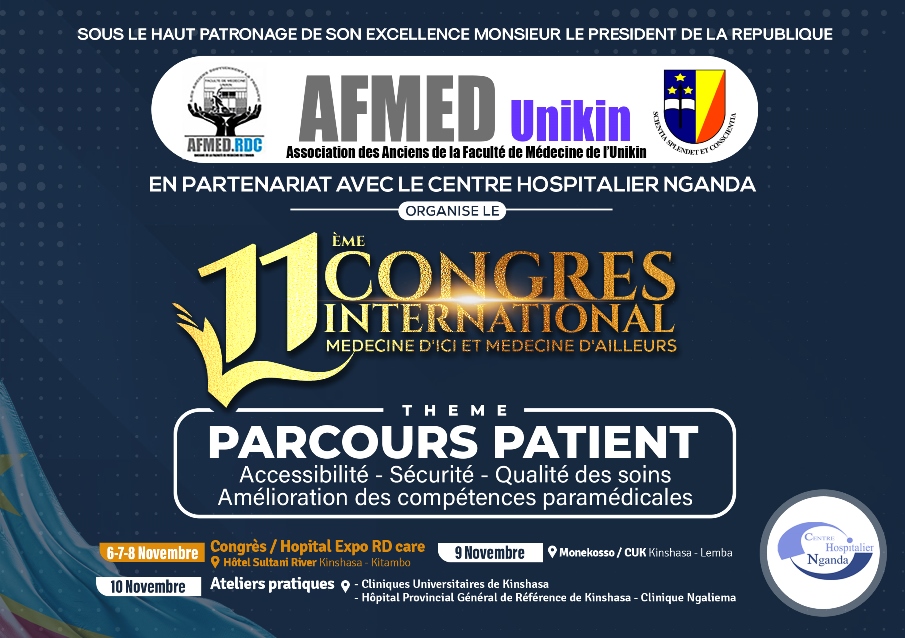Mireille Solange Nganga Nkanga1, Benjamin Longo-Mbenza4*, Oladele Vincent Adeniyi5*,
Jacques Bikaula Ngwidiwo1, Antoine Lufimbo Katawandja1, Paul Roger Beia Kazadi2 and Alain Nganga Nzonzila3
Abstract
Background: The global burden of hematologic malignancy (HM) is rapidly rising with aging, exposure to polluted environments, and global and local climate variability all being well-established conditions of oxidative stress. However, there is currently no information on the extent and predictors of HM at Kinshasa University Clinics (KUC), DR Congo (DRC).
This study evaluated the impact of bio-clinical factors, exposure to polluted environments, and interactions between global climate changes (EL Nino and La Nina) and local climate (dry and rainy seasons) on the incidence of HM.
Methods: This hospital-based prospective cohort study was conducted at Kinshasa University Clinics in DR Congo. A total of 105 black African adult patients with anaemia between 2009 and 2016 were included. HM was confirmed by morphological typing according to the French-American-British (FAB) Classification System. Gender, age, exposure to traffic pollution and garages/stations, global climate variability (El Nino and La Nina), and local climate (dry and rainy seasons) were potential independent variables to predict incident HM using Cox regression analysis and Kaplan Meier curves.
Results: Out of the total 105 patients, 63 experienced incident HM, with an incidence rate of 60%. After adjusting for gender, HIV/AIDS, and other bio-clinical factors, the most significant independent predictors of HM were age ≥ 55 years (HR = 2.4; 95% CI 1.4–4.3; P = 0.003), exposure to pollution and garages or stations (HR = 4.9; 95% CI 2–12.
1; P < 0.001), combined local dry season + La Nina (HR = 4.6; 95%CI 1.8–11.8; P < 0.001), and combined local dry season + El Nino (HR = 4; 95% CI 1.6–9.7; P = 0.004). HM types included acute myeloid leukaemia (28.6% n = 18), multiple myeloma (22.2% n = 14), myelodysplastic syndromes (15.9% n = 10), chronic myeloid leukaemia (15.9% n = 10), chronic lymphoid leukaemia (9.5% n = 6), and acute lymphoid leukaemia (7.9% n = 5). After adjusting for confounders using Cox regression
analysis, age ≥ 55 years, exposure to pollution, combined local dry season + La Nina and combined local dry season + El Nino were the most significant predictors of incident hematologic malignancy.
Conclusion: These findings highlight the importance of aging, pollution, the dry season, El Nino and La Nina as related to global warming as determinants of hematologic malignancies among African patients from Kinshasa, DR Congo. Cancer registries in DRC and other African countries will provide more robust database for future researches on haematological malignancies in the region.
Keywords: Environmental epidemiology, Hematologic malignancies, Aging, Central Africa
Nkanga et al. BMC Cancer (2017) 17:559
DOI 10.1186/s12885-017-3547-3
www.biomedcentral.com/submit









